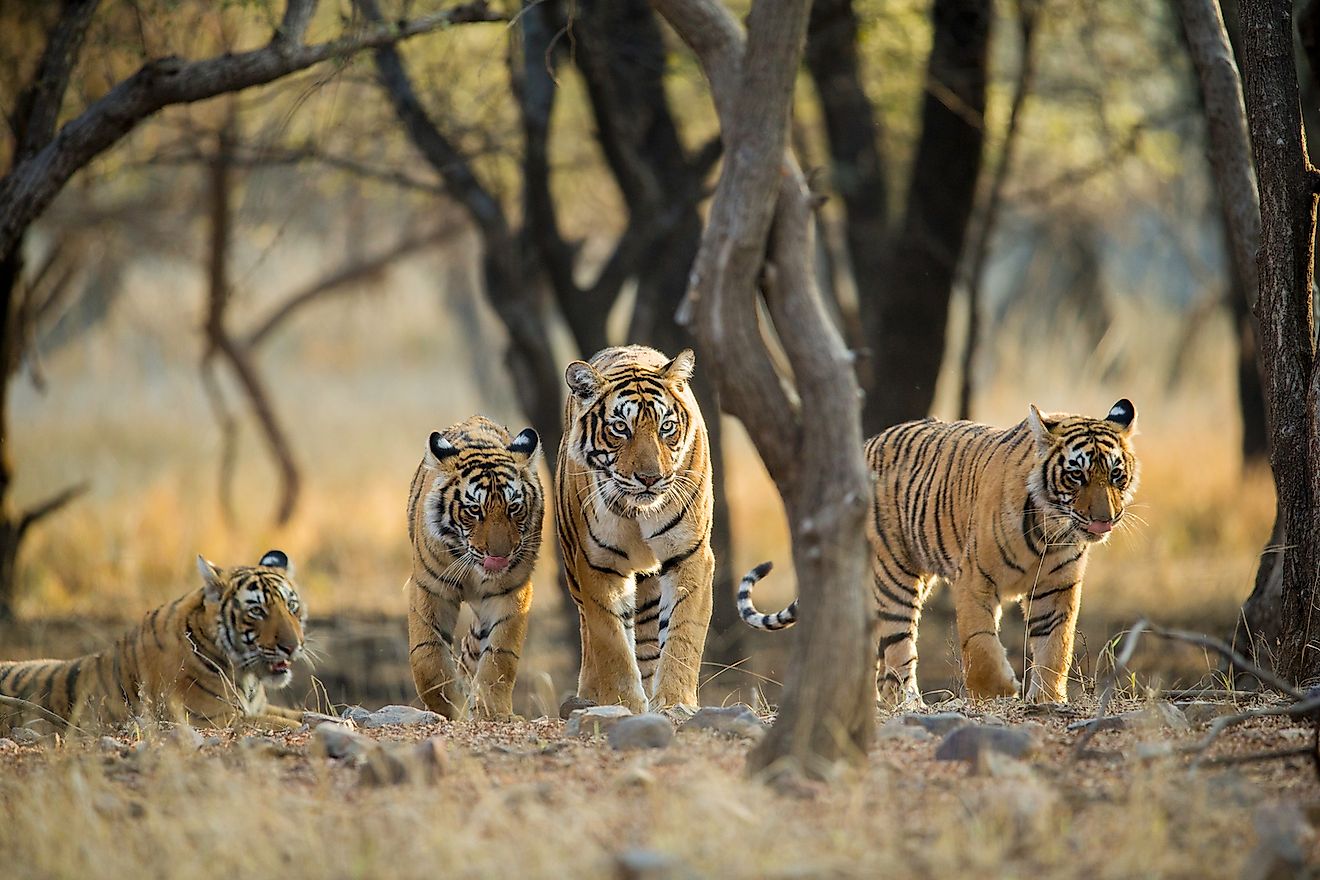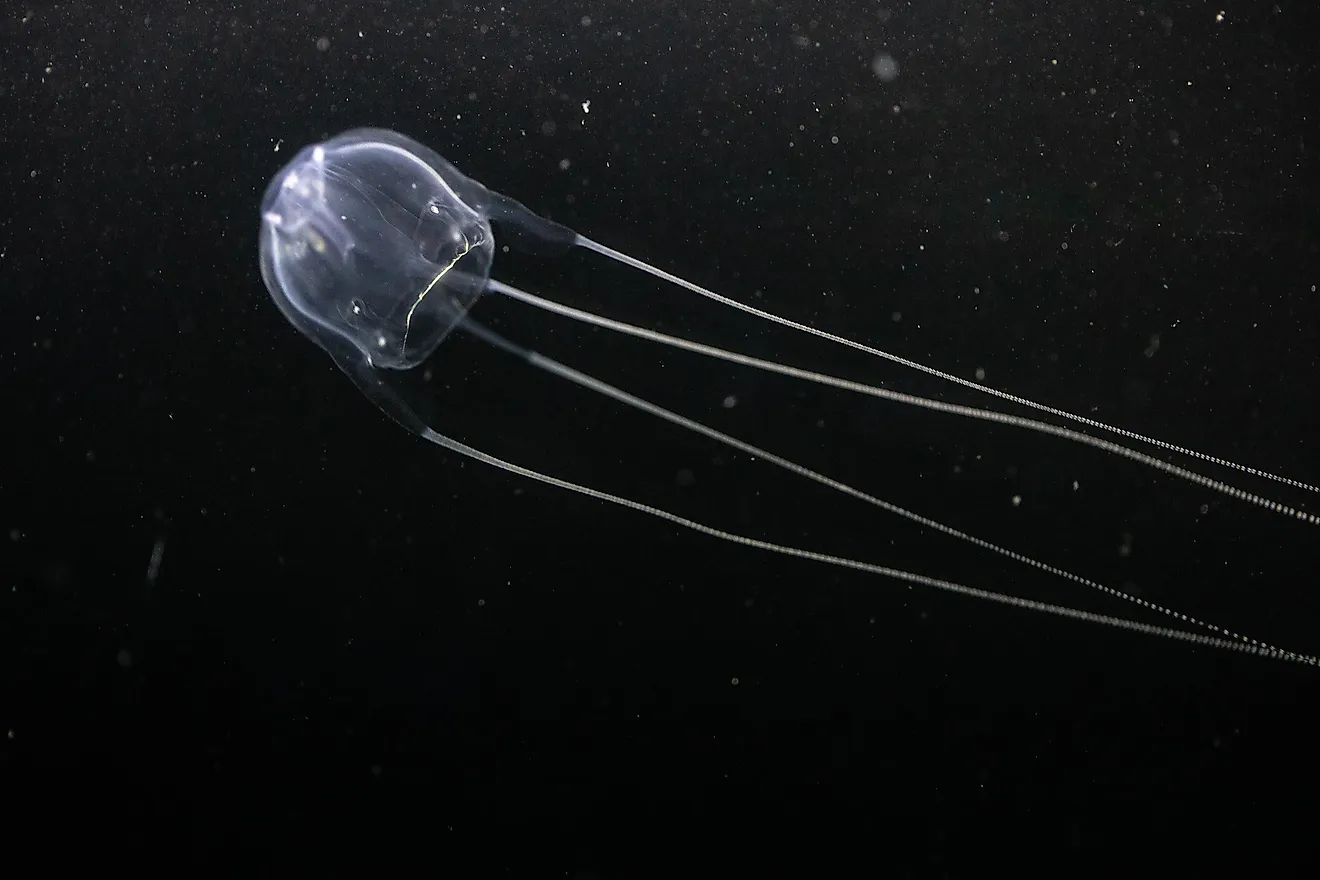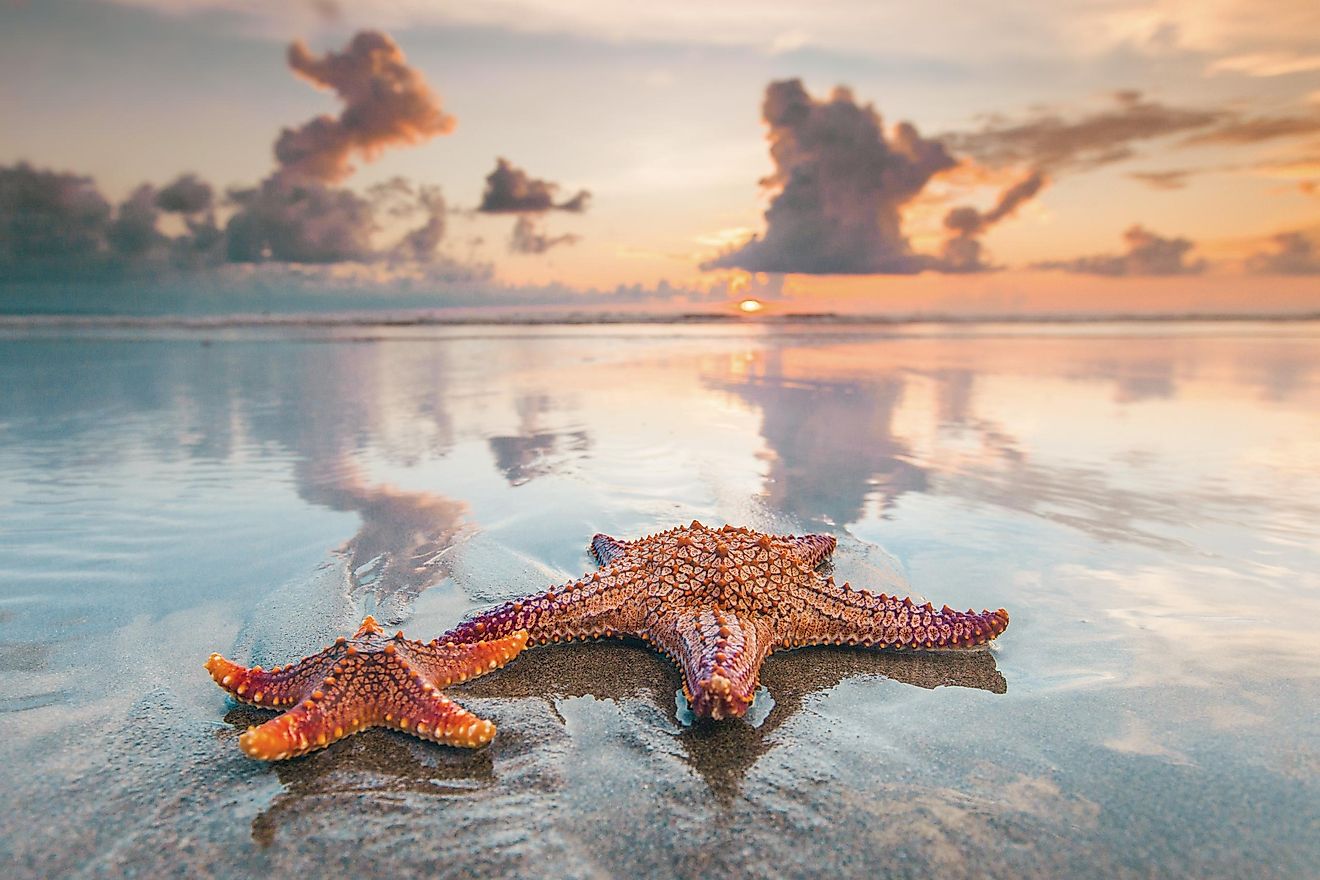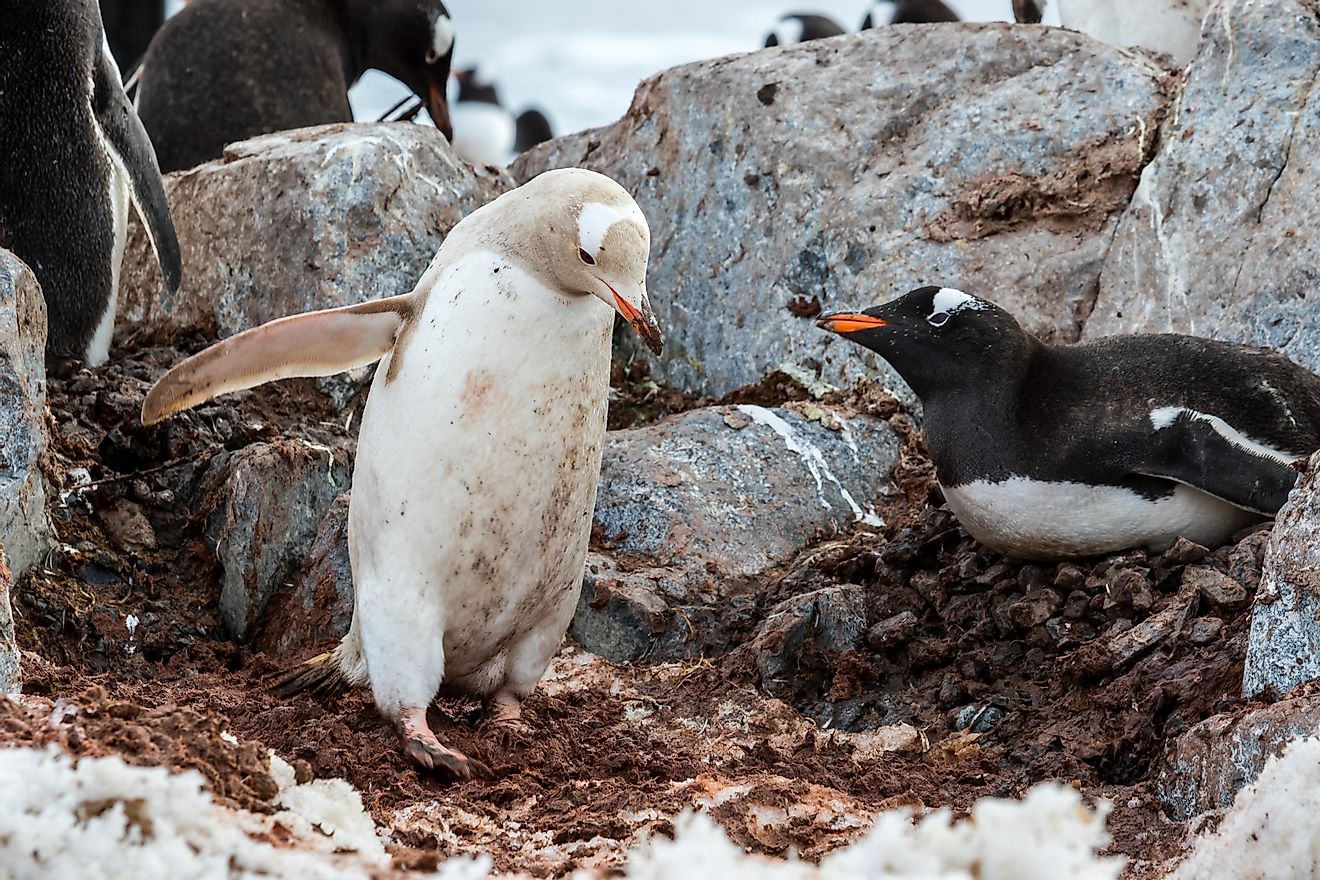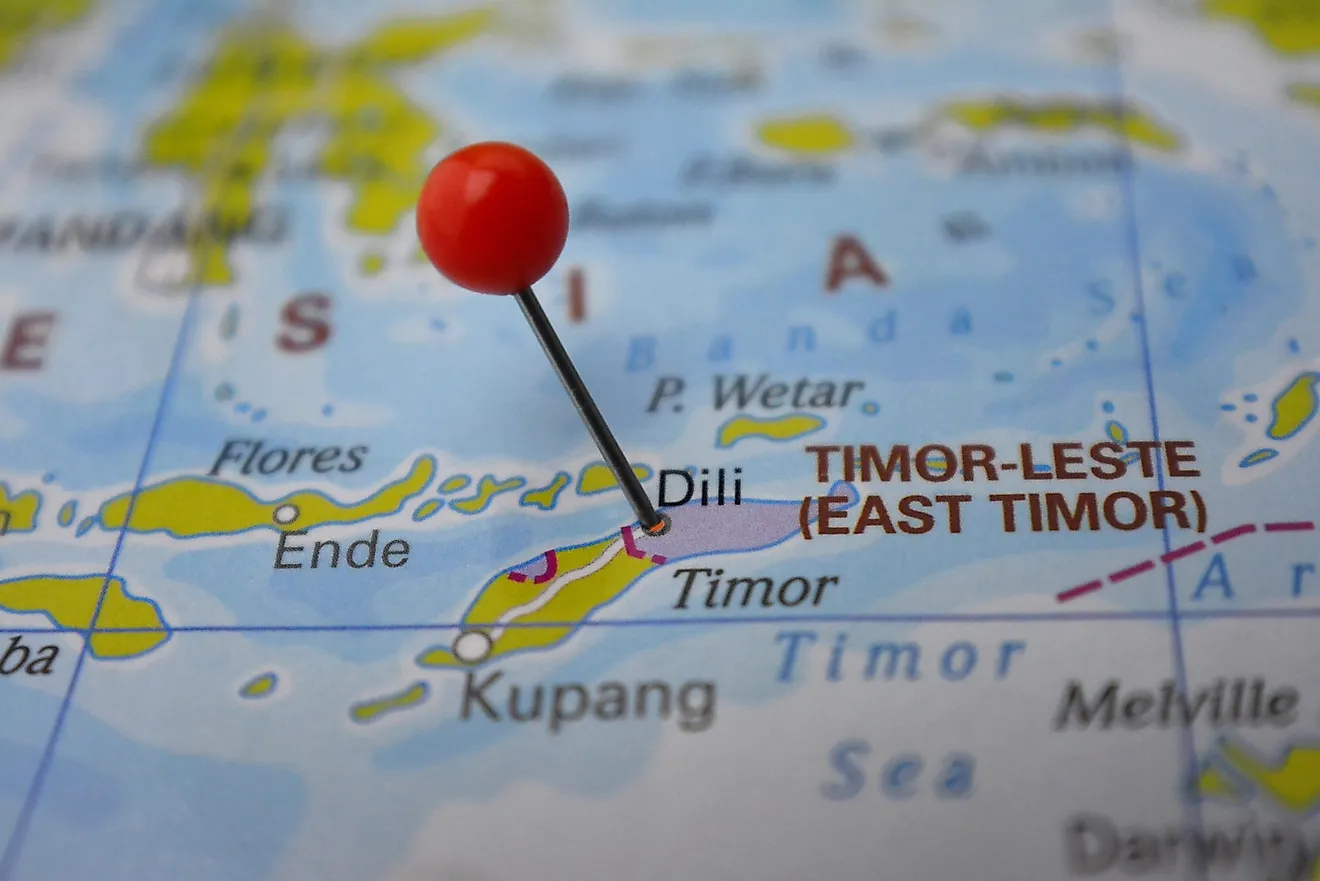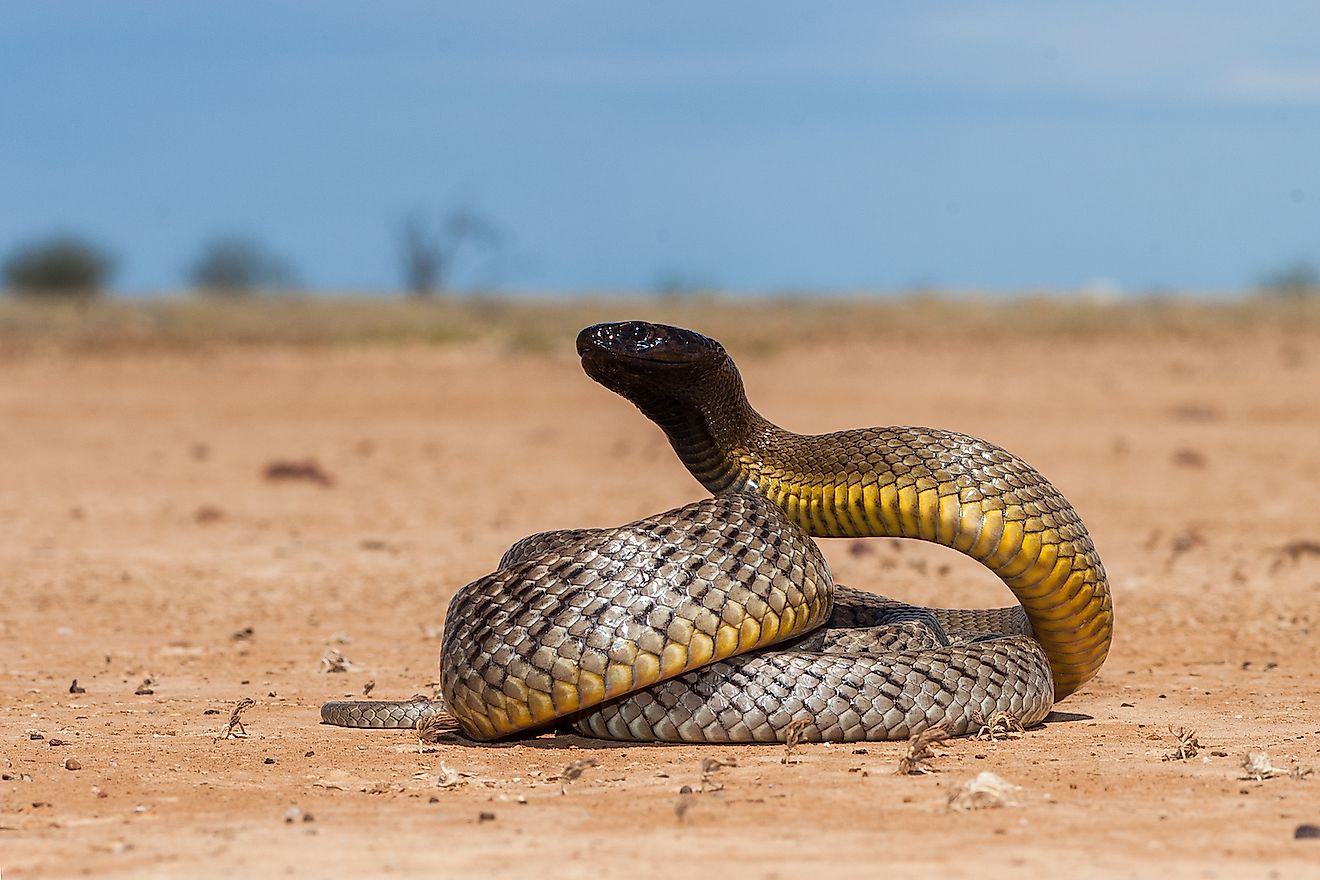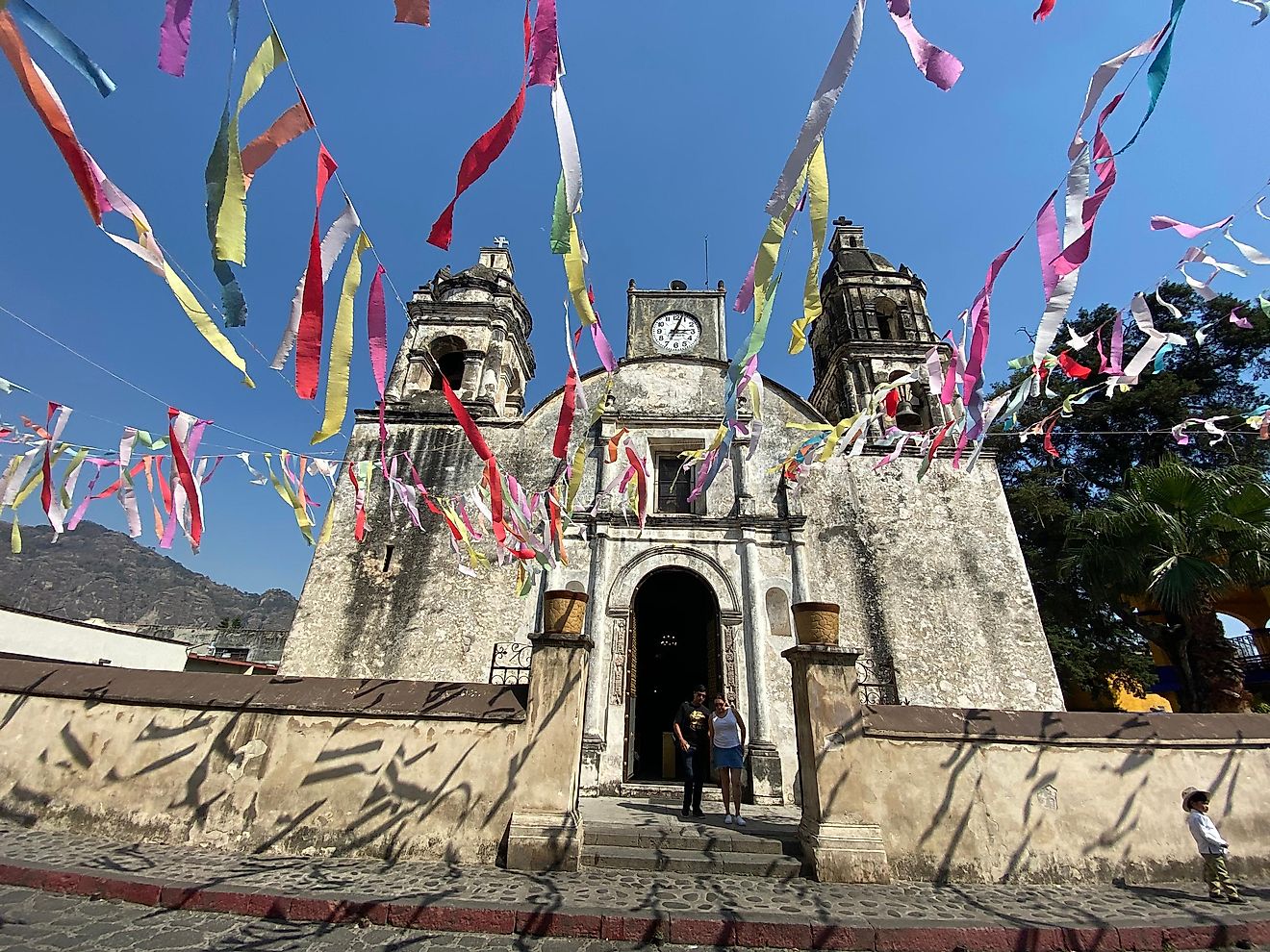Which US States Are Part Of The Pacific Ring Of Fire?
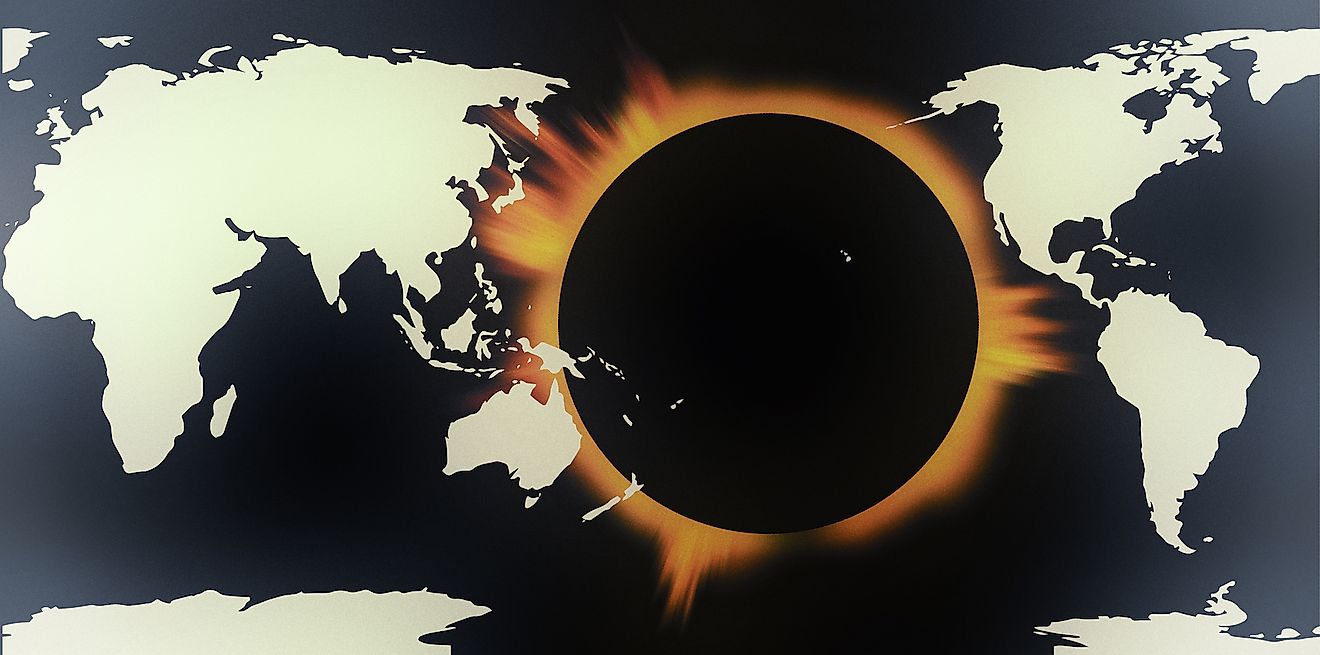
- The Pacific Ring of Fire encompasses 24,900 miles of the Pacific Ocean,
- The Ring of Fire is a semi-circle of volcanoes, oceanic trenches, and mountains that edges the Pacific basin
- In the United States, the Cascade Range is part of the Pacific Rim
- the rock begins to melt and turns into magma
Many people associate the term “Ring of Fire” with the eponymous Johnny Cash song, recorded in 1963. There have also been several movies with the same name released, but none of these refer directly to the actual Pacific Ring of Fire. It is no surprise that its intriguing name has inspired a song and shows, yet the facts behind the natural phenomenon are actually quite fascinating.
The Pacific Ring of Fire encompasses 24,900 miles of the Pacific Ocean, and is one of the most geographically interesting spots on the planet. Here are some facts about this horseshoe-shaped region, including which US States are part of it.
What Is The Pacific Ring Of Fire?
Also called the Circum-Pacific Belt, The Ring of Fire is a semi-circle of volcanoes, oceanic trenches, and mountains that edges the Pacific basin. It is seismically active, meaning that it has earthquake epicenters, tectonic plate boundaries, and active volcanoes. There are deep ocean troughs that frame its oceanic side, bordering continental land masses. Seventy-five percent of Earth’s volcanoes are located here, as are most of the strongest earthquakes in the world
Where Is The Pacific Ring Of Fire Located?
The Ring of Fire stretches out from New Zealand, heading north towards Asia, east along Alaska’s Aleutian Islands, and south towards the western edges of Central, South, and North America. The belt passes Japan, the Philippines, New Hebrides, Tonga, the Indonesian archipelago, the Andes Mountains, Canada, Russia, and parts of the United States.
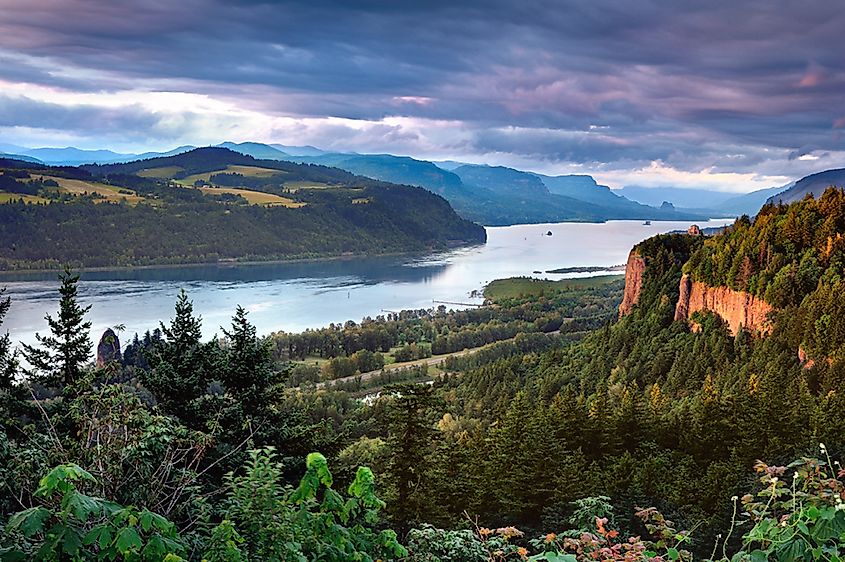
In the United States, the Cascade Range is part of the Pacific Rim. This mountain range is part of an 800-mile volcano chain that extends from southern British Columbia, down to Washington State, Oregon, and Northern California. Over the past 4,000 years, there have been eruptions here at Mount St. Helens, Mount Rainier, Glacier Peak, Crater Lake, Mount Jefferson, and others. In addition to these well-known volcanoes, there are close to 3,000 other volcanic features in the Cascade Range.
How Volcanoes Formed Here?
To understand volcanoes, it helps to know what tectonic plates are. These gigantic slabs of solid rock vary in size and thickness, and the ones in the Pacific are some of the biggest on the planet. They float in the oceans, and are composed of different materials like granite and quartz. Their boundaries are hidden under the water, and they move and change over time. The more active ones can overlap with others in what are called subduction zones. Here, the rock begins to melt and turns into magma. When a large amount of magma is close the Earth’s surface, it is a recipe for volcanic activity.
The Ring of Fire area that includes the region between the North American and Pacific Plates stand out because these plates move differently that in other areas. They move sideways past each other, and this creates tension in the Earth’s crust that is then released. This border is called a transform boundary.
Other U.S. Volcanoes
Two other states also have volcanoes. Alaska has over 40 active ones, and other categorized as potentially active. Most are located on the Aleutian Island and along the Alaska Peninsula. Some of the best-known include Novarupta, Aniakchak, and Semisopochnoi.
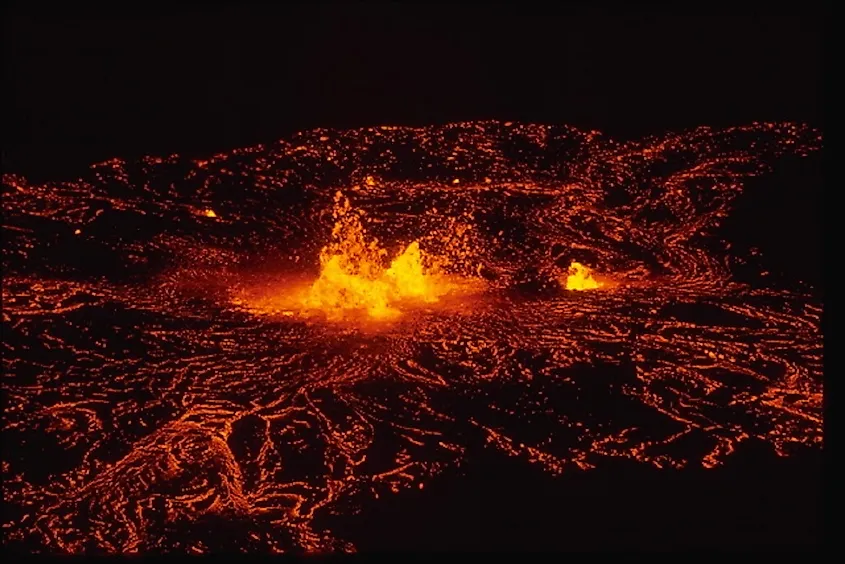
Hawaii is home to two of the most active volcanoes in the world, Maunaloa and Kilauea; others include Haleakala and Leahi. Scientists do not know when the next volcanoes will erupt, but some of the most recent were Mount St. Helens in Washington State, which erupted in 1980 to 1986 and 2008 to 2008. Lassen Peak in Northern California erupted from 1914 to 1917.
